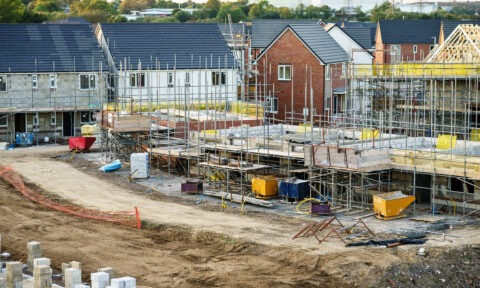Structural Appraisals – Low and high rise buildings
- Technical course for housing professionals on structural appraisal.
- Covers safe vs dangerous structures and principles of failure.
- Discusses typical structural defects and need for expertise.
- Includes damp in buildings, causes, and remedial planning.
- Entry criteria: Junior to senior experience in housing sector.
Overview
The Structural Appraisal Training Course for Environmental Health Enforcement Officers is a technical course designed for housing professionals who inspect properties. The course covers identifying safe and dangerous structures, typical defects, damp issues, and procurement of remedial works. Participants will learn to recognize building failures, defects, and causes of damp, and understand when to seek professional advice. The course also covers relevant regulations and statutes. Entry criteria include junior to senior housing sector experience, and the course duration is 1 day.
Who should attend
Environmental Health Enforcement Officers
Course Content
This is a technical course aimed at professionals who work in housing and regularly inspect properties for their condition.
The course covers what makes a safe or dangerous structure and covers the principles of structural failure.
It also goes into the detail of typical structural defects and whether these can be dealt with by a housing team or if additional expertise is required, such as structural engineering consultants.
The course also covers damp in buildings, including determining cause, and planning remedial works.
Finally, the course discusses the procurement of remedial works and typical costs and contracts.
Entry Criteria – Junior to senior experience of working in the housing sector.
Learning Outcomes
Understand global building failure and when a structure is dangerous.
● Understand about failure of building elements and whether this puts the whole building at risk or just the element itself.
● Learn about typical building defects and how to spot them, with reference to cracking, founda on movement, roof spread.
● Learn about typical causes of damp and condensation within a building and whether these are to do with the way a building is inhabited or the building itself.
● Learn how to determine when additional professional advice (from a Structural Engineer or Chartered Surveyor) is required.
Learn about the regulations and Statute associated with buildings such as the Building Act, Building Regulations and the Building Safety Act.
● Understand the responsibilities that the Building Safety Act puts on the owner of High Risk Residential Buildings.



